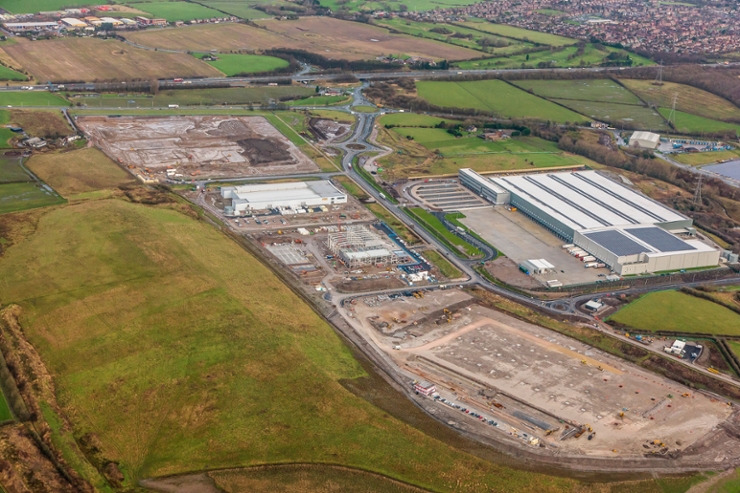With a revolving investment called an Urban Development Fund, the UK's Northwest region maximised the impact of grant funding
The new Urban Agenda for the EU aims to help local governments stretch their grant funding. Here’s how to transform traditional grants with a financial instrument
The old open-cast mine at Cutacre on the edge of Greater Manchester seems an unlikely location to find a cutting-edge financial instrument at work. But the 45 square kilometre plot is one of a series of projects in northwest England funded through a GBP 60 million development fund called Evergreen. Run by a private fund manager on behalf of 16 local governments, the financial instrument may look complicated, but the bottom line is illustrated by Cutacre: Evergreen’s investment unlocked a key project, and the loan is already repaying and being put to work on further projects.
It’s a new approach to public sector intervention. Instead of searching for scarce resources to provide grants, national, regional and local governments set up an Urban Development Fund, which provides loans. Once the loans are repaid, the fund reinvests the money. Of course, if the loans are to be repaid, they must be made to bankable projects, which in turn draw private investors, spreading the effect of the public sector money still further.
“Evergreen allowed us to create a different kind of investment vehicle whose strategy is aligned with what we want to do as a city to promote urban development,” says Desmond Gardner, a director of the fund in Manchester. “It took a bright idea and turned it into something that really delivered.”
This kind of financial instrument will be an important tool for local governments seeking to make their grant funds go further. Better knowledge of such innovative funding is a key plank in the Urban Agenda for the EU, which is officially unveiled in Amsterdam on 30 May.
Here’s how it works: The European Investment Bank gets grant funding from the European Regional Development Fund and national government agencies. The Bank picks financial intermediaries to manage the project investments. In this case that’s Evergreen, which was established by the local authorities in partnership with a private fund manager. Evergreen also has access to a GBP 100 million loan the EIB made to Manchester City Council.
The fund launched in 2011 with the help of an EIB/European Commission programme called JESSICA (Joint European Support for Sustainable Investment in City Areas), which aims to make EU grants (known as structural funds) go further.

- The site of Cutacre in Greater Manchester
Evergreen projects are already paying off:
- Citylabs: development of this GBP 24 million biomedical facility at a former eye hospital started after Evergreen’s investment prompted Lloyds Bank to coinvest. Evergreen’s loan is now repaid and being recycled into new investments
- Cutacre: the project at the former mine has already created 300 jobs and paid back GBP 3.5 million of its loans from Evergreen
- Cotton Building: GBP 10 million from Evergreen and Manchester drew GBP 10 million of private investment to this new building on an industrial site. It’s expected to create 910 jobs
Evergreen is making a second wave of investments—effectively with the same money. “Financial instruments aren’t for everyone,” Gardner says. “They have to be tailored to local needs. But they can deliver real change.” Evergreen aims to recycle its money three times over the 10 years of its planned lifespan—though Gardner hopes the fund will be extended indefinitely. Meantime, the EIB and the European Commission launched the fi-compass platform to provide advisory services to authorities interested in financial instruments like Evergreen.
